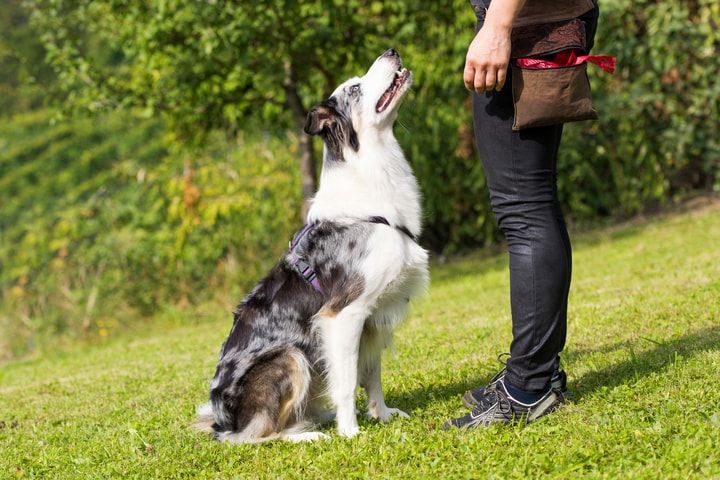


If you can't communicate with the animals and their owners, you won't do well in this career. Communication skills: This is a given.Sometimes you'll have to roll around in the mud, deal with wet and dirty paws, drool, and get your clothes dirty. Not a neat freak: This may seem like an odd quality, but, if you've ever worked with dogs, you know it's a messy business.Be confident about what you bring to the table, and let new and prospective clients know you will get the job done. While you don't want to brag about your skills, you do want to be able to market what you have. Clients will notice and will likely refer you to others. Confidence: The more confident you are, the more dogs will respond to you.Dogs will often pick up on your attitude, even if it's not overtly visible. Patience: Dogs have a mind of their own and come with different behavioral traits, so it's important that you are patient and don't get frustrated.There are over 5,000 members to date, making this the largest association of dog trainers.
Dog trainer salary full#
The APDT has a “Professional Member” classification available to those who achieve certification with the CCPDT or a few other animal behavior societies, in addition to full and associate memberships.
Dog trainer salary how to#
Training School: A good training school will cover the evolution of dog training, behavior, learning techniques and how to design classes for your own clients after graduation. The average guide dog trainer gross salary in United States is 56,136 or an equivalent hourly rate of 27.


 0 kommentar(er)
0 kommentar(er)
